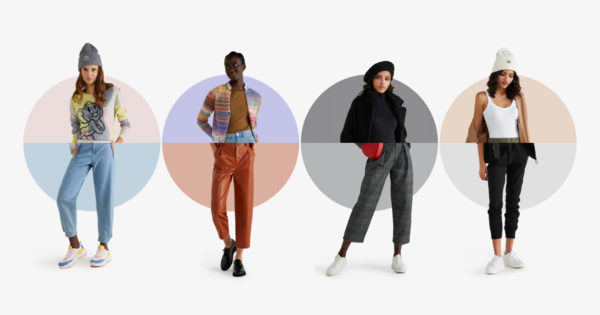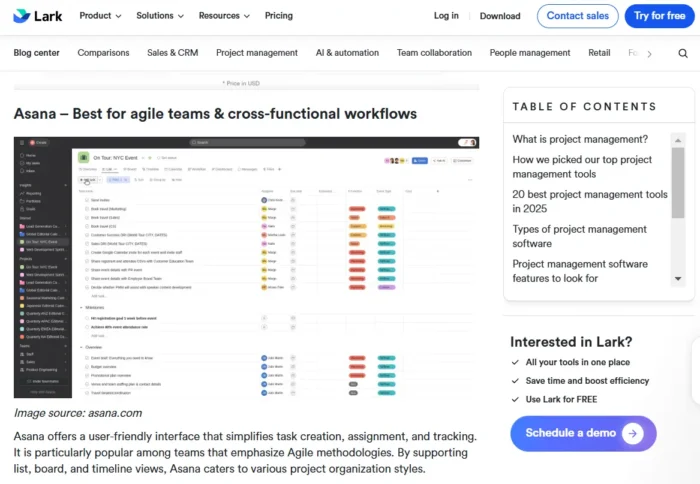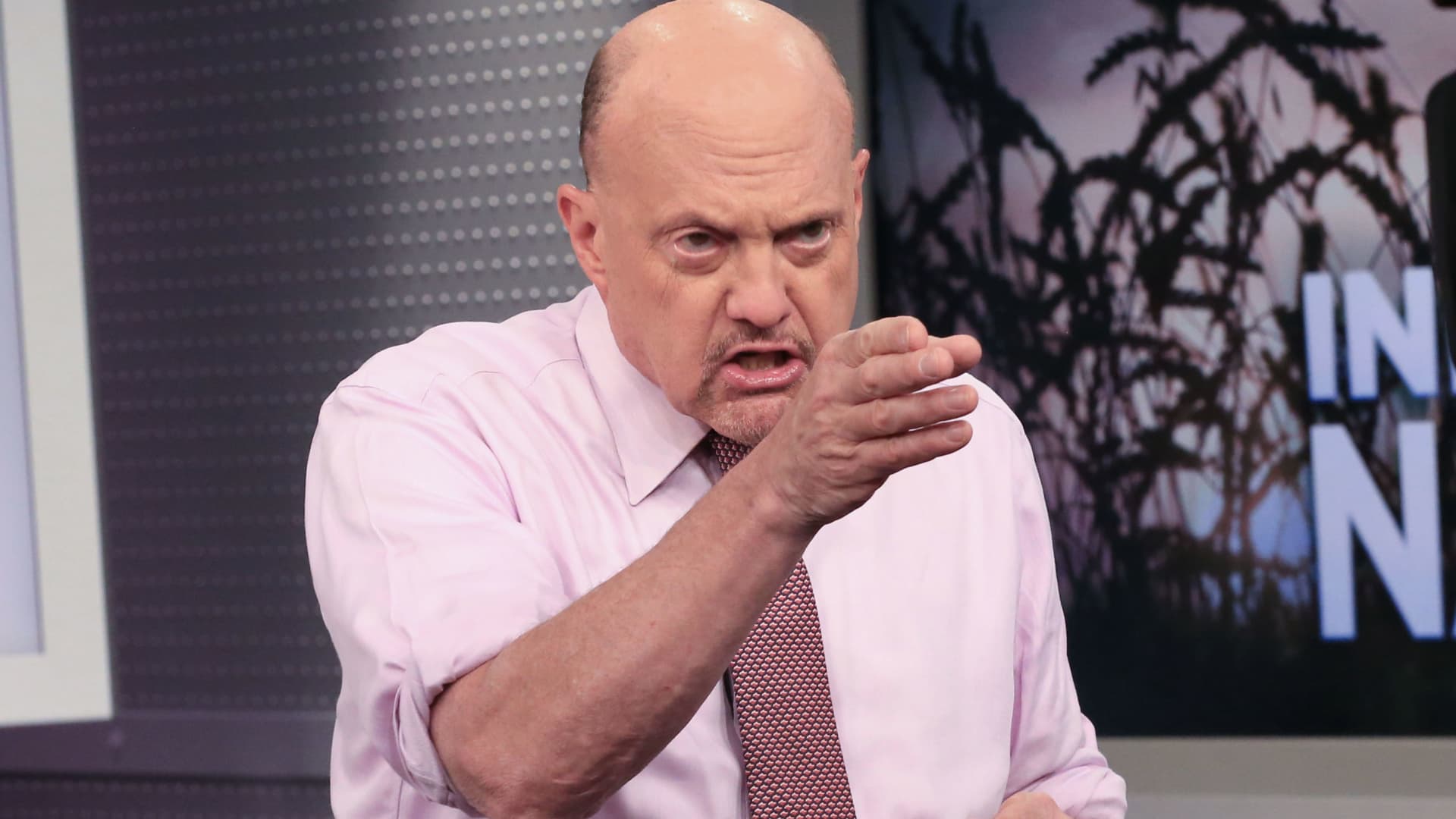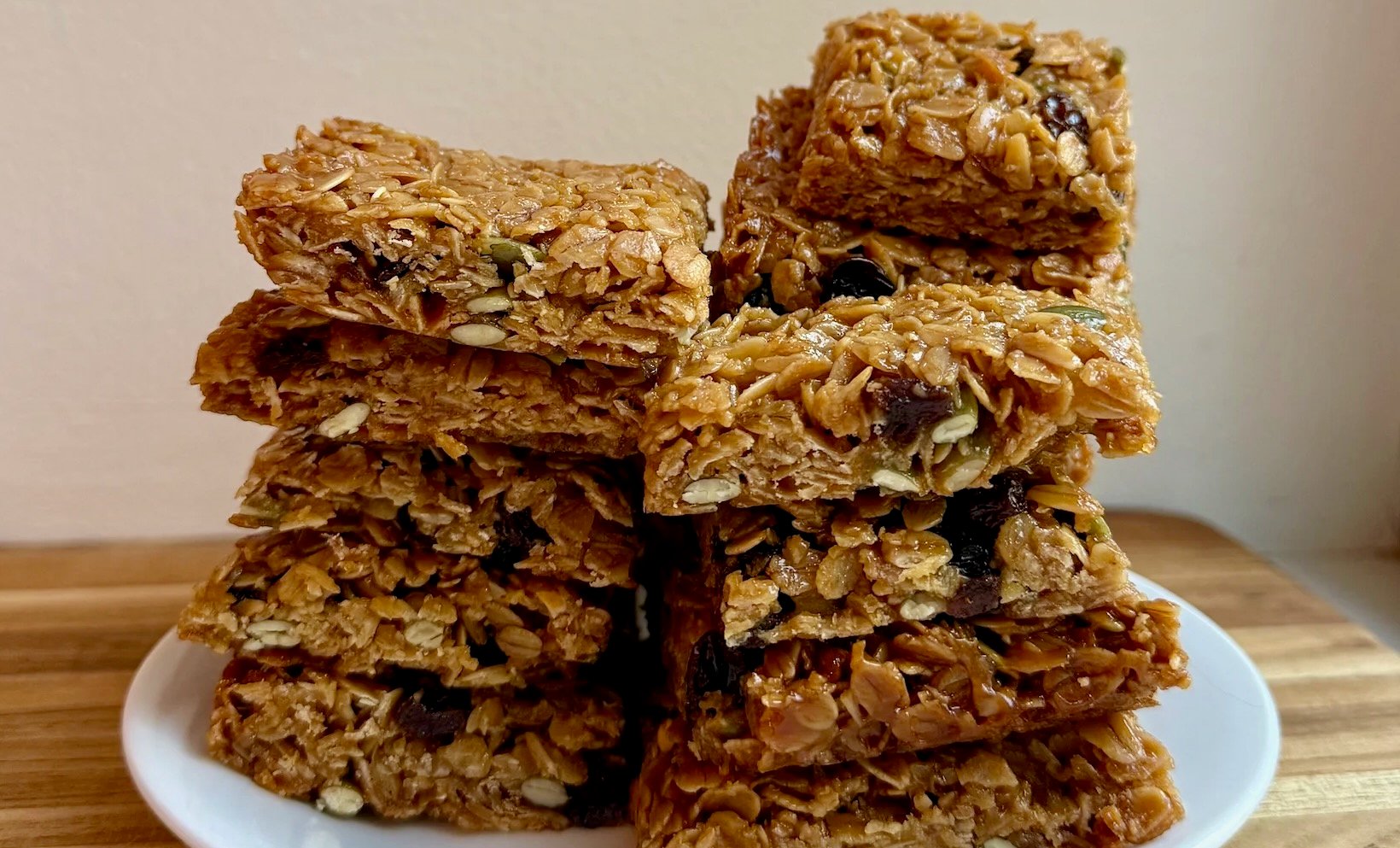MLB lockout leaves brands stranded—'It's embarrassing'
Marketers could swing for alternatives as the league begins losing out on an estimated $1 billion in annual ad revenues.

Baseball’s whiff at labor peace this week will cost at least a small handful of games while eating away at a $1 billion advertising opportunity.
Owners of baseball’s 30 teams locked out players represented by the Major League Players Association on Dec. 2, a move it said would jumpstart negotiations on a new collective bargaining agreement. Dialogue however was sparse—the sides at one point went 43 days without exchanging a single proposal—and despite several meetings over the last week failed to meet MLB’s March 1 deadline by which it could still begin the 2022 season as scheduled March 31.
Economic damage to the game and its players is already acute. Mets pitcher Max Scherzer, who shortly before the lockout inked the richest contract in baseball history, stands to lose nearly $233,000 a day, according to an Associated Press study. Clubs are missing out on lucrative national, local and online broadcast deals and their advertising haul, estimated to be slightly more than $1 billion annually, according to people familiar with MLB's operations. Advertising drives in roughly 10% of baseball’s $10 billion in annual revenues, making it one of the game’s largest sources of its riches.
How brands are dealing with the cancellations is still something of a mystery. Official MLB sponsors including Anheuser-Busch InBev, Hyperice, Taco Bell and LoanDepot declined comment; several others contacted by Ad Age had not returned messages. The lockout has not stopped AB InBev from renewing its MLB sponsorship: The brewer extended its pact for four more years, according to a report from Beer Marketer's Insights, including an arrangement that includes Budweiser branding in postseason locker room celebrations.
A spokesman for the MLB Commissioner’s office declined comment to Ad Age but pointed to an open letter to fans expressing regret from Commissioner Rob Manfred. The Major League Players Association did not respond to a request for comment.
Sports marketing experts said that near-term tasks for brands should include informing their partners that events scheduled around opening day—for example, events in stadium suites—would no longer happen. Pocket schedules—a popular sponsored early-season giveaway for nearly every MLB team—have already been rendered useless for 2022, given the early cancellations and the likelihood that schedules would have to be reconfigured when the season commences.
“It’s embarrassing to have to tell people, we promised you all this and we can’t deliver,” said Ricardo Fort, a former Coca-Cola sports marketing executive who today runs a consulting firm called Sport by Fort Consulting. “It’s an unnecessary hassle.”
No replacement
Far bigger implications lay however on the fate of funds not spent on advertising. Some experts anticipate brands would be reluctant to redeploy the spend, given the unique nature of the sport and the timing required to shift gears.
“If you’re a broadcast sponsor and the first two weeks of the season are canceled the company could say, let’s put that money in our pocket, it’s a savings to us. The financial people will want to take that to the bottom line,” said Tony Ponturo, a consultant who previously served as CEO of the in-house agency leading sports marketing deals at Anheuser-Busch. The brewer at one time not only owned the St. Louis Cardinals (from 1953 to 1995) but spent approximately $100 million annually on baseball-related advertising, most of that with local teams. “If you want to re-use that money on other things, then you can expect a tug-of-war between the marketers and the CFO.”
Smart brands will likely have alternative plans in place, Fort added, but none of these would replicate the day-in, day-out rhythms of baseball or necessarily reach the same audience.
“If they haven’t been planning for this type of scenario, then that’s a problem,” Fort said. “Brands have a window in their calendar called ‘baseball’ that they’ve already sold to their customers, with material that’s impossible to put elsewhere. There really is no replacement.”
Dale Song, chief partnerships officer, consulting, at Omnicom’s Optimum Sports division, agreed.
“All the reasons that advertisers leverage baseball still exist: It’s the right audience, in the right markets, at the right time of the calendar year,” Song said. “It occupies a space that is not easily replaceable, so it's not as linear as redistribution of dollars elsewhere.”
Growing disillusionment
Fan sentiment on social media sites would appear to strongly favor the players.
A tweet from California Angels superstar Mike Trout condemning Manfred had nearly 100,000 likes within a few hours Wednesday, while responses to an MLB tweet containing Manfred’s statement to fans was met with the kind of public reception that Red Sox fans would save for the Yankees’ Derek Jeter.
But an accompanying disillusionment with both sides was also taking hold, with thousands of fans pledging not to attend games when they resume, and vowing to eschew purchases of MLB licensed merchandise. The average age for nationally televised baseball games in 2019 was 57, according to Optimum Sports, suggesting there is much to lose for a sport that has long struggled to cultivate a younger audience more attractive to advertisers.
“Baseball can ill afford things that weaken the product, particularly in the eyes of younger people they are trying to reach,” said Ponturo. “If you’re working locally in a place like Cincinnati, maybe you put that money against rock concerts or a food festival instead of the Cincinnati Reds. You may be leading people to options that may be an awakening for them.”
According to Song, baseball has acknowledged its issues with its aging viewing audience but noted younger generations are still paying attention, only in different ways. “They consume it digitally, they consume it socially, and through highlights. One of the ways this was explained to me was, the bigger the screen, the older the generation when it comes to baseball. The league is not naive to their audience makeup, but I think a lot of comes down to how they consume the sport.”
While MLB has said only the season’s first two scheduled series have thus far been postponed—that’s 91 of the 2,430 games scheduled leaguewide, or 3.7%—fed-up sponsors may eventually seek “force majeure” clauses in their contracts to reduce their obligation to the league or its teams, and some may choose to pull sponsorships entirely, said Adam Holt, senior VP of sales and partnerships of FanAI, a sports marketing software company.
Jim Andrews, CEO of A-Mark Partnership Strategies, a Chicago-based sports marketing advisor, said he suspects that brands won’t be too quick to pull sponsorships, but acknowledged the lockout—and the indeterminate nature of its duration—is a source of frustration.
“Nobody likes uncertainty,” he said. “There’s just no telling how long this thing will last, and that has to be very frustrating. I don’t know if anyone is canceling out of their contracts yet but at the very least, they’re looking at the calendar and wondering what will happen if they’re unable to do the baseball activations they had planned on.”
Say it's ridiculous
Advertisers who signed on to MLB Network and MLB.com have already seen value “massively diminished” due to low viewer interest, said Maury Brown, a senior writer for Forbes specializing in the business of baseball and a member of the Baseball Writers of America guild. Baseball’s move, concurrent with the lockout, to strike all references and images to current Players Association members has left it with little to program. Online team schedules, which note special giveaway days, are now left with clunky descriptions such as “Cardinals Left Fielder Bobblehead Day.”
“It has had to also affect all the regional sports networks ahead of the season,” said Brown. “With uncertainty, who would want to purchase inventory in programming slots in question?”
A spokesperson for SNY, the regional cable sports network that broadcasts New York Mets games, declined comment.
Eric Yaverbaum, president of the New York-based publicity firm Ericho Communications, said brands could bring pressure on the sides to settle—and win public acclaim at the same time—were they to take the bold step of adopting the mindset of the sport’s frustrated fans.
“This is not what brands are paying for. I promise you, the majority of them are asking if it is all worth it. They’re not going to say that out loud, but they’re definitely saying it behind closed doors,” maintained Yaverbaum, who in1995 was behind the creation of a kind of fan union called Strike Back that was then cited by officials as a contributing factor in the settlement of that strike. “My advice to brands would be to take a stance. Since the fans are the ones buying your product, tell them what you think. Say it’s ridiculous. People will applaud that forever.”
Song said that Optimum was advising clients to “stay the course,” expressing confidence that the disputes would be settled fairly quickly.
Negative consequences from the loss of regular-season games will be felt in other ways. While official partnerships are designed to pay off year-round, MLB sponsors typically see a sizable jump in foot traffic to their locations after the commencement of the season, Holt noted.
Brands’ ability to be nimble with their promotions will also come in handy, Holt predicted. Kraft in 1993 shifted funds meant to support its Hockeyville campaign when the NHL had locked out its players over labor issues. When that dispute ended, Molson Coors acknowledged the toll it had taken on hockey fans and gave away a free beer to every legal-age Ottawa Senators fan who attended the first game back. Bank of America, an official MLB sponsor, moved quickly to implement a “Let’s Rally” campaign once the COVID-delayed baseball season finally got underway in the summer of 2020. In many ways, Holt said, brands can expect the same kind of uncertainty and hasty arrangements they made with baseball in 2020, only this time, fighting a different disease.
At issue in baseball’s labor talks are luxury tax thresholds, revenue-sharing, bonus pools for younger players and salary arbitration. A signal of the canyon between owners and players is perhaps best illustrated by their proposals on the size of the pre-arbitration bonus pool, or money for players lacking the service time to negotiate contracts with any team. Owners were fighting for $25 million and the players had proposed $115 million, when the lockout began in December. By the time negotiations unraveled this week, they had inched their way to $25 million and $85 million, respectively, according to reports.
Even despite their reputation as stat nerds, few baseball fans care about those details—and fewer still can fathom the size of the figures. What matters, said Song, are the optics and the messaging around it. “The question is what the sentiment will be when this gets settled,” he said. “Will it be positive or negative? Will it be relief, or in the worst case, indifference?”
While players and owners have both taken pains to frame their differences as a struggle to do what’s right for the game and its fans, perception is another story.
“Smart brands tend not to want to look at their soft underbelly. But baseball’s average fan is getting older, young people are just not as into it, and when you have these [disputes] happen, it leaves people with disgust. You may not get some of these consumers back, and baseball needs to be sensitive to that,” Ponturo said. “Sports are always looking to maximize every last dime of the dollar bill and don’t spend nearly enough time enhancing the image of their sport. And as for new advertisers coming in? They’ve put them on the sidelines.”

 Tfoso
Tfoso 






























